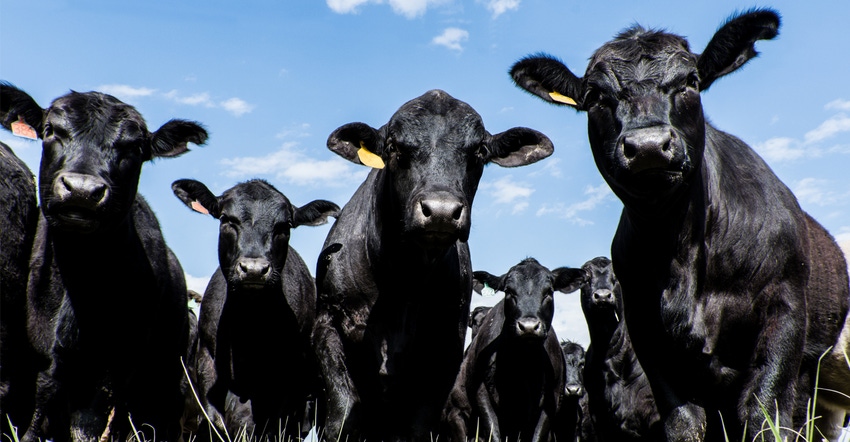Beef Column: Margins on processing cattle rise dramatically as slaughter throughput is decreased.
December 27, 2021

The 2021-23 state biennial budget authorized the Wisconsin Department of Agriculture, Trade and Consumer Production to award grants of up to $50,000 for projects that aim to grow, expand capacity or increase throughput for Wisconsin’s meat industry. Recipients of these new meat processor grants will be announced in February.
The new grant program is one way Wisconsin is addressing national concerns surrounding meat supply and processing. Animal slaughtering and processing plants represent about 15% of all food manufacturers in the U.S., and nearly 60% of these plants employ fewer than 20 employees. Nonetheless, just a handful of companies process the majority of U.S. beef, pork and poultry. Four companies (Cargill, Tyson Foods, JBS S.A. and National Beef Packing Co.) slaughtered about 85% of U.S. grain-fattened cattle that are made into steaks, beef roasts and other cuts of meat for consumers in 2018, according to the most recent data from USDA. When factoring in cows used to make ground beef, the companies comprise about 70% of total U.S. beef production, according to the North American Meat Institute, an industry group.
Large, centralized processing plants offer efficiencies of scale that have helped keep meat relatively cheap for consumers. Concentration in beef processing isn’t new, as the four-firm concentration ratio — which measures the market share percentage of the four largest firms — for steer and heifer slaughter has averaged between 80% and 85% since 1993.
Impacts to profitability
Profits for these companies has gone up and down during this period. One of the largest costs and impacts on profitability is fixed costs, which constitute the largest percentage of overhead costs for meatpackers. Per-head margins on processing cattle rise dramatically as slaughter throughput is decreased. Fixed costs are spread out across the volume of cattle processed, and increased processing capacity at a plant helps keep those fixed costs low.
Although cost-effective, the high concentration level means that when one or more large meatpacking sites are forced to shut down or significantly slow down, there are ripple effects across the entire country, interrupting meat supplies and often lowering live-animal prices while simultaneously raising meat prices. Recent market-impacting occurrences include the fire at a major Tyson foods plant in Kansas in 2019, shuttered plants due to COVID-19 outbreaks, and a ransomware attack that shut down JBS plants in 2021.
These recent market occurrences have forced the U.S. to consider ways to diversity the meat supply system to increase system resiliency during pandemics and other possible market disruptions. One way Wisconsin is attempting to accomplish this is increasing capacity to process livestock outside of the four major packers.
Smaller plants face enormous challenges securing access to financing, complying with food safety regulations and securing market share. This area is where the new Wisconsin meat industry grants help.
During the pandemic, small processors were able to quickly adjust and continue operating when many of the larger companies shut down. Some plants were able to switch from selling wholesale products, primarily for restaurants, to selling retail-ready packages for at-home eating. The smaller meat processors serve a localized market and add diversity to the U.S. meat supply chain.
Although typically higher costs, and therefore a higher price to consumers, are associated with the smaller local meat processor, the variety can help maintain a secure source during black-swan events like those that have occurred recently.
Adding too much additional processing capacity through increased small meat-processor capacity could backfire if the animal and poultry supply shrinks to levels beyond expected cyclical declines. The industry will need to maintain a careful balance between efficiency in desired protein production and increased resiliency during market-impacting events.
Boetel is the state Extension livestock economist and is a University of Wisconsin-River Falls professor in the Department of Agriculture Economics. This column is provided by the University of Wisconsin Division of Extension Livestock Team.
You May Also Like



